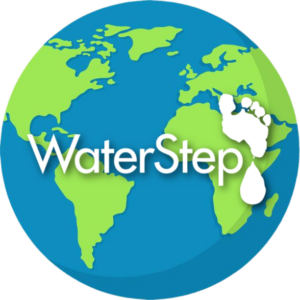Guest blogger Lynn Smith shares his experience with WaterStep on the current trip to Uttarkashi, India, to install mini water treatment plants in response to the devastating flooding that hit the area in July (read more here). WaterStep was asked to respond to the July flooding by the Indian organization RLEK to work in conjunction with the organization HPSS of Oxfam India.
Greetings from Matli, India. The team of Robin Brothers, Tina Ward-Pugh, Joe Jacobi and Lynn Smith, all representatives of WaterStep along with Suetta Albin have been in this part of northeast India for several days working on installation of water chlorination systems and teaching health and hygiene in local villages.
Tuesday, 10/8/2013 — Robin, Tina, Joe and I arrived in Dehli where we met up with Suetta Albin. Suetta is from East Texas but has been in India for about 10 years doing work at an orphanage. After connecting with Suetta we found our hotel for the night for by this time we had been traveling for about 24 hours.
Wednesday, 10/9/2013 — After a good night’s sleep and a refreshing breakfast we went back to the airport for a late morning flight to Dehra Dun. We arrived in Dehra Dun after a short 30 minute flight and met up with our drivers that would transport us over interesting “roads” to the state of Uttarakhand and the town of Uttarkashi and on to the smaller section called Malti. The drive up carried us into the Himalayan mountains. We are staying on a campus operated by HPSS (Himalayan Paryawaran Shiksha Sansthan) a non profit organization that has worked with Oxfam to provide relief efforts in this area. The drive from Dehra Dun was a six hour drive on narrow, sometimes paved curvy mountain roads. Throw in the occasional rock slide, middle of the road standing herd of cattle, and oh yes, the oncoming large truck or bus made for a real adventure. Darkness came upon us long before we arrived at our final destination, so the many dogs, goats, pigs and people walking along made for many obstacles to be avoided on this trek. The drivers did an excellent job of delivering us safely to our final location despite total disregard for whatever speed limits there may have been.
Upon arriving at the campus around 8:00 PM we met Margaret Weidner our guide, chaperon and interpreter while here. Per her business card she is a Fulbright-Nehru Student Researcher in Economics, water management with Oxfam connections. A sharp gal from Evansville, Indiana. Margaret has been at this location for about six months.
Thursday, 10/10/2013 — We started the day with a pleasant surprise of hot Chai tea delivered to our rooms. As it turns out this is the way we will start each day. After tea at 6:30, we have breakfast around 9, lunch sometime between 1:00 and 3:30 depending on where we are and what is going on and dinner anytime after 6:30, or 9:00 or later. The chai tea is black tea, served hot with a good bit of sugar. It is served in stainless steel cups that are also very hot to the touch.
A large truck delivered the water storage tanks we will use in the villages. They also delivered five 12 volt batteries that weigh about 100 pounds each. These will be used to power the chlorinators in each village. Did I mention the campus is about 600 feet down a path from the road and there is also about a 200 foot elevation change over that 600 feet? Everything that is moved from the campus to anywhere else has to be hand carried. In the afternoon on Thursday we made the 3 km drive and 2 km walk to the village of Dilsoar. We were greeted and offered Chai tea while we met the Proda (equal to a district mayor) and many of the people (mostly women) from the village that will be in charge of the chlorinator. After a good hour long meeting we said our good byes for the day and returned to the campus.
 Friday, 10/11/2013 – In the morning we returned to Dilsoar and realized the original tank location we had agreed on the day before would not work. So, we begin to look at different locations to set up the tanks. After much discussion among the villagers a new site was agreed upon and a small platform was put in place. The tanks were set and the process of filling them began.
Friday, 10/11/2013 – In the morning we returned to Dilsoar and realized the original tank location we had agreed on the day before would not work. So, we begin to look at different locations to set up the tanks. After much discussion among the villagers a new site was agreed upon and a small platform was put in place. The tanks were set and the process of filling them began.
Joe and Tina did the demonstration and taught the assembly of the chlorinator system.
After that Robin and Suetta did the health and hygiene training for many of the villagers. By the end of the H&H training the 1 hour residence time of the chlorination was done so we all took water from the tank and enjoyed the first safe water ever produced in the village. We chlorinated both tanks with the first taking 45 minutes and the second took only 16 minutes, this is the difference in a cold start and a hot start. The water in this village comes from a spring high up the mountain and was crystal clear with a great taste.
The location of Dilsoar is N 30° 44′ 01.4” and E 078° 23′ 49.0”
Elevation 3575 feet.
Saturday, 10/12/13 Today we went to Upper Motli, a village just a kilometer down the road. We walked there and met with the Proda of Motli. These meetings were long and involved lots of chai tea and talk. We walked around and discussed different places to set up the tanks. A location was determined and we were told a platform would be constructed and be ready for us when we returned the next day. We had time and all the materials there so we set up a tank temporary and did a chlorination demonstration to expose everyone to the process
The location of Upper Motli is N 30° 44′ 29.9” and E 078° 22′ 56.3”
Elevation 3644 feet.

Sunday, 10/13/13 – We returned to Upper Motli and did the two tank installation. This was for the most part done by local women that have been with us all week. H & H did their training and all went well. We finished up in the early afternoon so we went back to the campus and had lunch. Then we set out for Lower Motli. This is a poorer location but still has about 50 families living there. This village is a bit unique in that there are two different castes that live together in this village. We met with some of the village people and toured the village. We went a ways up the mountain side and saw the 5000 gallon tank that is used for storage for the dry season. The tank is an old steal tank that appears to be concrete lined. This did not look like a good option to try and chlorinate the large tank. We went back down into the heart of the village and were shown a small courtyard of a house and told this will be were the tanks will be located. The issue here is this is the house of someone in the upper of the two castes and the question was raised about both castes being welcome to use this location. As it turns out the family that lives in this house has taken in a family from the lower caste to live with them because their home was destroyed in the most recent flooding. That being the case, the issue of being unwelcome went away.
Monday, 10/14/13 — We returned to Lower Motli and installed a tank on a table. The village will in the future build a platform that will support both tanks. The tank was filled and the training began. This training was done completely by two local women that had been working with us the entire time we have been here. They did an outstanding job, not missing anything and communicating in a way that no outsider possibly could. H & H was also taught by locals and again did a great job.
The location of Lower Motli is N 30° 44′ 27.0” and E 078° 22′ 18.7”
Elevation 3492 feet.
M-100 s/n is 0264
Tuesday, 10/15/13 – The entire day was spent getting ready for the visitors that will be coming here. We filled a tank last night to chlorinate today. We chlorinated this tank to be able to offer visitors water that had been made safe. This morning we also set up a second tank to demonstrate the chlorinator. Around 11 in the morning the school children began to arrive, all 67 of them. After that local village leaders arrived and finally some people from the press arrived.
H & H did a training session with everyone and then Joe and a local did the purifier demo and training. This went well and really hit home how this system could really make an impact on peoples lives. The rest of the afternoon was spent recovering from all the events of the day.
It is so hard to believe this is our last night here. Tomorrow we will start our trek toward the airport in Dehra Dun. Then on to Dehli and then to the States.
What a great trip this has been. Many lives have been impacted. There are several here that can operate the M-100 and can teach others. We were welcomed with open arms everywhere we have been. Our contact here, Margaret Weidner could not have been a better person to work with. She is energetic, speaks the language and has connected
with the people.
For this trip to Matli, Uttarkashi, India, our time is done.









